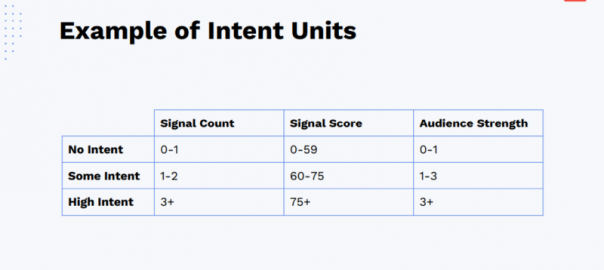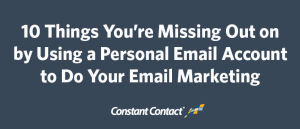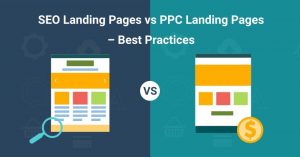ZoomInfo’s Hussam AlMukhtar shares his intent strategy and how it can impact B2B marketing and sales.
Marketers need to keep up with savvy buyers by having a comprehensive intent measurement strategy. This was the message from Hussam AlMukhtar, Senior Director of Strategic Marketing for B2B intelligence platform ZoomInfo, at our recent MarTech conference.
“We have campaigns that are designed to drive traffic to our website, other campaigns that generate net new leads, and others that are designed to have meaningful conversations, like events and webinars,” said AlMukhtar. “Individually, as well as collectively, these different tactics and programs that we employ all have a shared responsibility – generate awareness for my brand.”
All of these different marketing efforts also generate a wide range of signals from buyers, and the challenge is to measure them accurately and place them within an account-based framework.
Buyer intent signals
Some B2B marketing campaigns drive prospects to your business’s owned properties, like a website or a piece of research your company just released. But buyers are already doing their own research, according to AlMukhtar, and therefore, in order to measure intent signals, your team needs third-party data from outside sources.
“Buyer intent signals are a collective of indicators that basically tell me a given account that I am targeting is currently researching a topic that is relevant to me as a brand, or relevant to one of my offerings,” he explained.
“Engagement intent signals are a little different in the sense that they are collected from third-party applications or a third-party content that I, as a brand, do not have access to – things like product reviews and comparison boards, blogs, key studies and so on across the web,” he said.
Account-based framework
Leveraging this data requires coordination between teams in the organization, through an account-based framework.
“We call it a framework because it is a combined effort,” said AlMukhtar. “It requires putting the right people and the right processes in place.”
He added, “In order for it to work effectively, it really needs a strategy that is agreed upon and designed by cross-functional teams – not only marketing or sales, but by marketing, sales, customer success and your operations teams. All need to come together to decide on the strategy and agree on it.”
Every brand team has specific goals they want to reach with a particular campaign. But at bottom, the most important goal to include in the strategy is, obviously, how the programs the team are executing are driving sales outcomes.
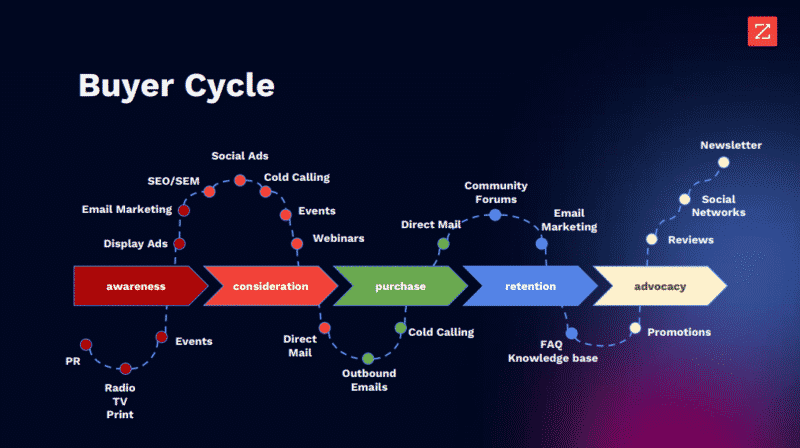
Measuring intent
“In today’s world our buyers are fairly tech savvy and, more importantly, they’re privacy conscious,” said AlMukhtar. “They figured out that opening an email or visiting a website could be tracked and attributed, and they may not want that and they may go around it.”
So all the signals need to be collected and weighted to measure intent.
“In order for me to get to the point where I’m not necessarily discounting my attribution or campaign influence, I am also using this campaign influence in this new level of view by using intent to adjust my campaigns [with] a new metric – and this metric is intent.”
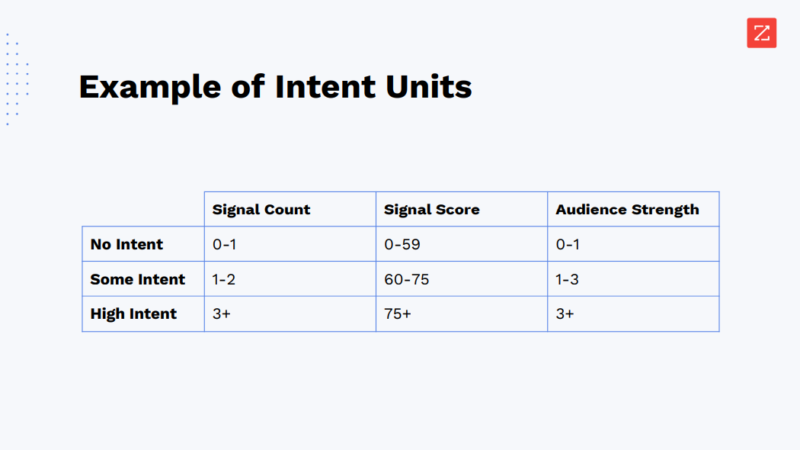
Scoring signals based on intent can inform content and messaging that is sent to buyers, based on their stage in the buyer’s journey, each with different KPIs.
“These sets of KPIs can be categorized into three different units – no intent, some intent and high intent,” said AlMukhtar. “And we can use metadata that comes from the signals themselves.”
In simple terms, additional indicators like how frequently the signals come in, or the kind of topics or keywords that become popular among buyers, help generate more precise measurement of intent.
This all creates better efficiency for marketing and sales campaigns, and provides more relevance to buyers and prospects when they receive messages from your brand.
View the full presentation from our MarTech conference here (free registration required).
The post Using intent as a unit of B2B campaign measurement appeared first on MarTech.
(65)
Report Post